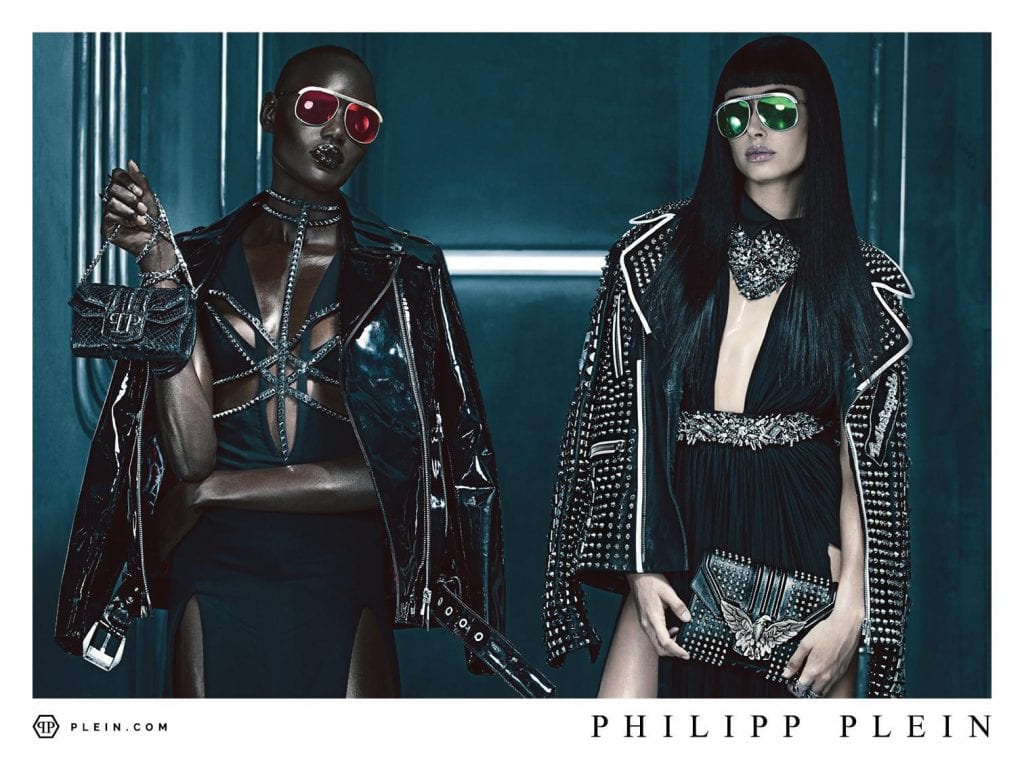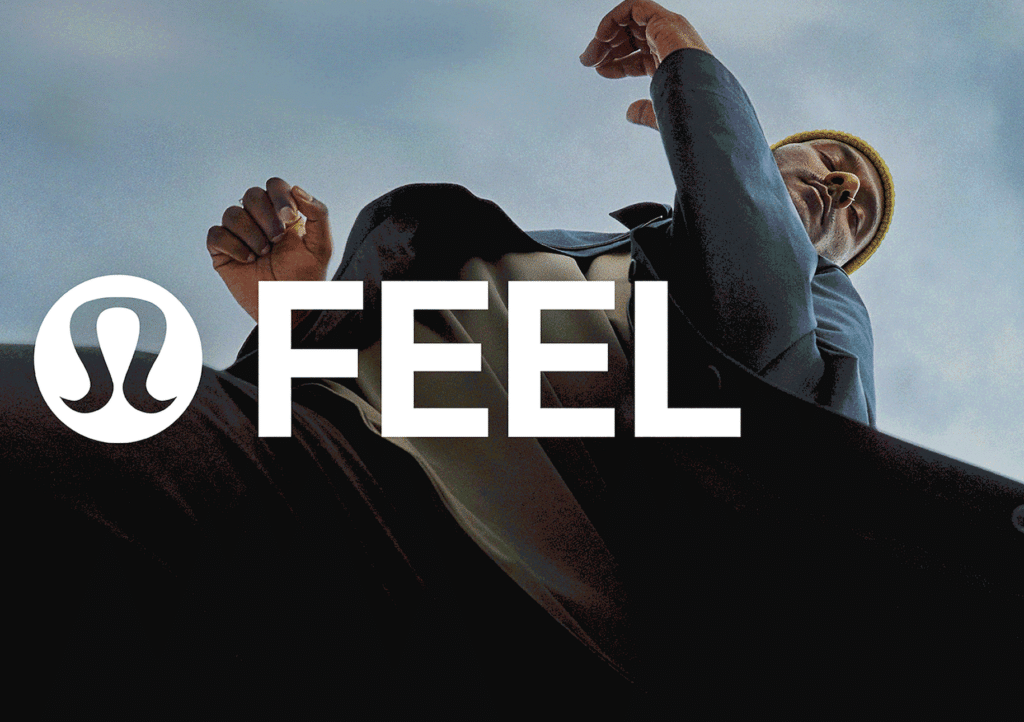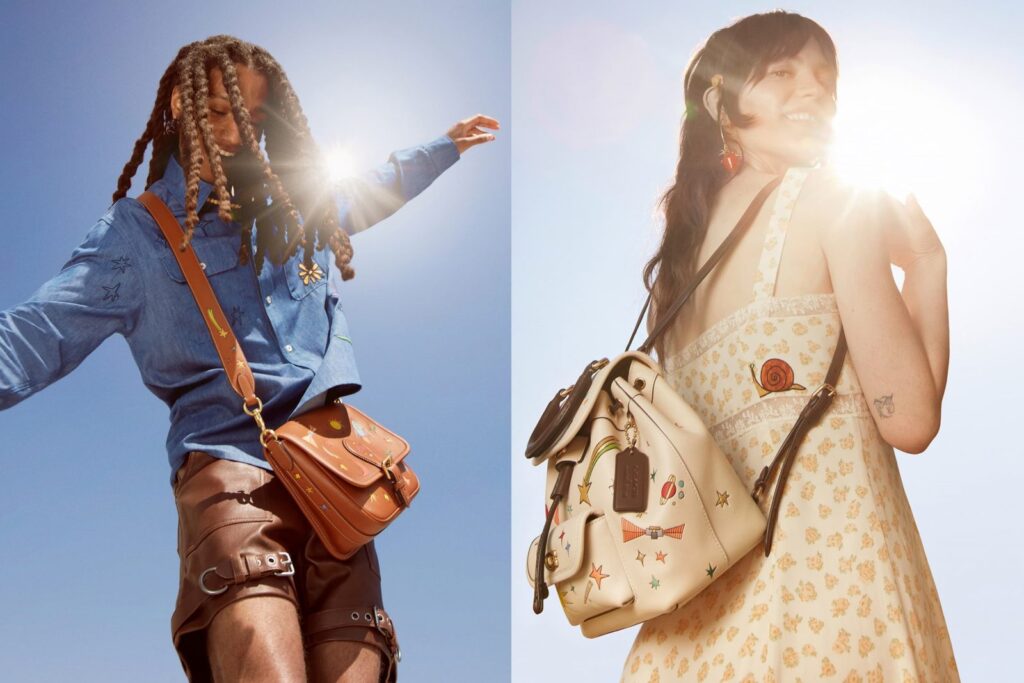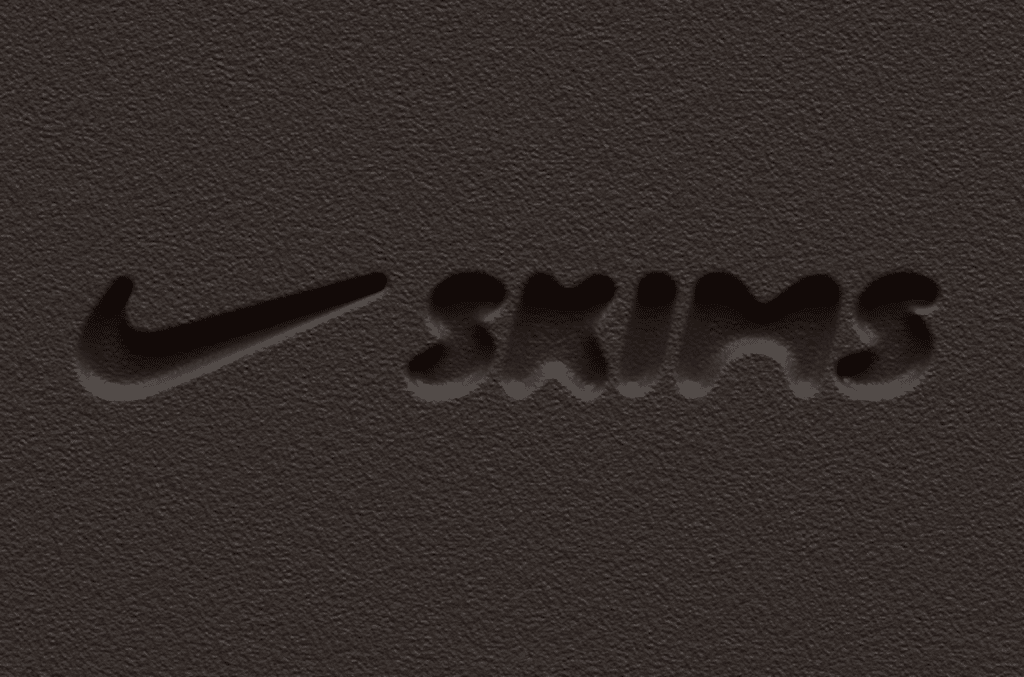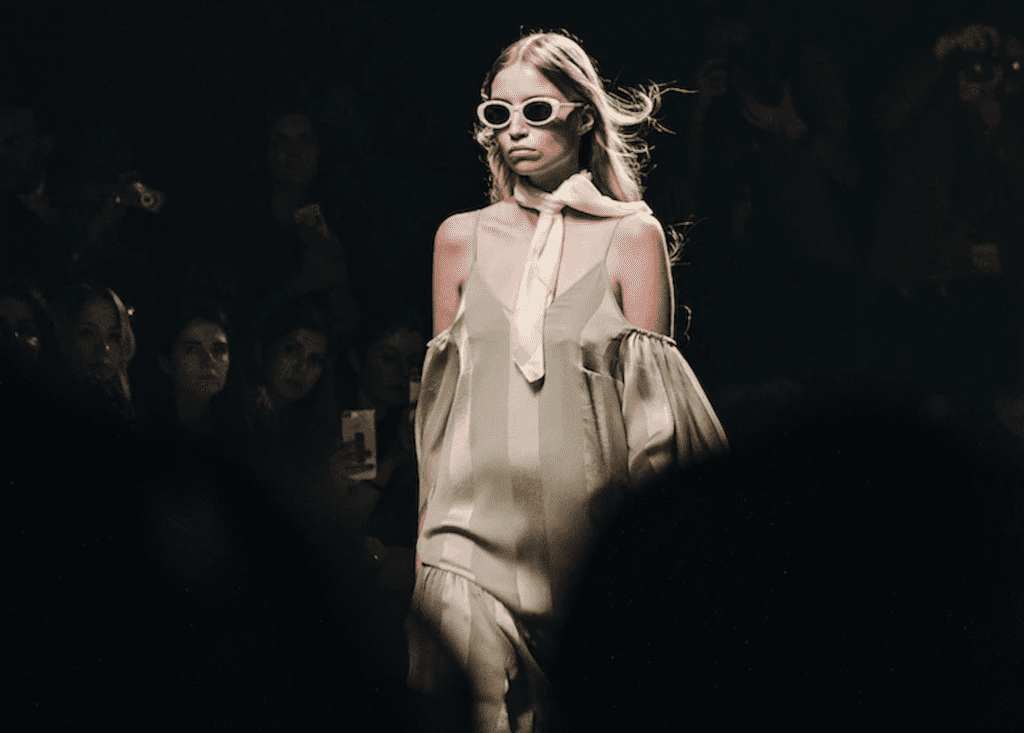The Financial Times published the perfect article in 2015. Entitled, “Who the Hell is Philipp Plein?,” the London-based outlet’s Nick Remsen attempted to make sense of the German designer’s flashy garments and larger-than-life runway spectacles, which have turned Plein’s brand into the “luxury power player” that – quite frankly – no one necessarily asked for.
The FT’s piece and others like it – many of which have coincided with Plein’s very vocal plans to increasingly infiltrate the American retail market – serve to shed light on one of the most audacious forces in fashion. In documenting Plein’s lavish antics and steady rise, the slew of Plein-specific media attention makes it perfectly clear that regardless of how the fashion industry feels about Mr. Plein (love him, hate him or some other similarly strong emotion thereof), fashion cannot escape him.
So, who is Philipp Plein and how exactly does his overly-garish eponymous label make any money?
To answer these questions, we need not look much further than Plein’s own social media footprint. For example, his personal Instagram account – which as the FT oh-so-aptly stated, consists of photos of “his black Rolls-Royce Wraith, Lamborghini Aventador and homes from Cannes to Lugano to Lexington Avenue,” and do not forget his significant other, whose right clavicle is branded with a “Philipp Plein” tattoo – is telling. It is here that one can catch a glimpse of – or become utterly immersed in, depending on how much time you have – the ethos of the man and his brand.
Plein’s social media presence, according to Remsen, aligns perfectly with “the pistons of his lucrative, incendiary and self-named label, which raked in €200 million [$236 million] in 2015 by selling gauchely conceived clothing and accessories to the nouveau riche, be they in Miami, Moscow or Macau.”
In his own words, the 39-year old designer, who began selling clothing in 2003 after starting out creating furniture … for dogs, describes himself as “a dream chaser” and just as he is over-the-top in his endeavors, he is unapologetic about them. This is Plein’s show, after all, and while he may technically be a designer/creative director, it seems that in his eyes, he is more the rockstar to his rock ’n’ roll fashions than any sort of behind-the-scenes force.
His interviews prove a gold mine in spotlighting this. For instance, consider one rather telling excerpt from a February 2016 profile that the New York Times did on Plein. When asked why he continues to stage such outlandish runway shows each season, Plein told the Times’ Elizabeth Paton, simply: He is doing this for his “fans,” or the individuals whom the vast majority of designers would much more gracefully refer to as clients or customers. Plein is not here to be politically correct or sugar-coat any of this, after all, let us be very clear about that.
As for what his dream looks like, Plein is out to take over the globe with his brazen wares. He maintains a network of “80 stores around the world (13 of which are privately held; the remainder are franchises), and he is planning to double the brand’s global presence by adding 30 stores over the next five years,” according to the FT.
But there is more. In addition to rolling out stores across the world, Plein demands a spot on the list of the most talked-about runway shows each season, even if such placement is not due to the merit of his brand’s garments and accessories.
To be fair, though, fashion has long been more about branding and creating the image of luxury – which brands can then parlay into the sale of branded-licensed goods, such as eyewear, and more affordable/more wearable ready-to-wear – than it is about the actual garments that hit the runway.
Moreover, the practice of spectacle – Plein’s offering du jour – has been terrifically popular in light of the age of Instagram. Need I remind you of the Tommy Hilfiger carnival or Louis Vuitton’s takeover of Rio or the Chanel space station, complete with a functioning rocket ship?
As such, who are we to shame Plein on this front? No one, that’s who.
Unsurprisingly, Plein’s shows have not always been entirely well-received. As Dan Thawley wrote for BoF this February, the shows “have become legendary for all the wrong reasons: they are aggressive, loud and unforgivingly late.”
Once the show does start – roughly an hour past the call time for invited guests – you will regularly find on the runway the likes of Paris Hilton, shirtless male models (sometimes covered in body paint and toting fake machine guns), ex-convict-turned-model Jeremy Meeks might be in the mix, and other buzzy figures that most big-name fashion brands would opt out of casting, regularly round out the line up.
Past presentations – which routinely take place in Milan (despite a sojourn to New York early this year) – have involved 18-wheeler monster trucks, “motorbikes, Ferraris, Lamborghinis and McLarens performing stunts and popping wheelies, pimped out with LEDs” (as WWD so aptly put it), Jet Skis, and even roller coasters. Do not forget, it is about the show for Plein, and he ensures that his are the biggest and the baddest.
Missed the show? Do not fret. Plein will gladly keep you abreast. In explaining why he made the trek to New York for fashion week this February, Plein explained that he had simply done all he could in Milan. He boasted, “I did the biggest production ever, the biggest production you can even imagine, in Milan. I did it all.” (Tell me this is not something Donald Trump would say about one of his namesake outposts, Mar-a-lago, maybe).
With the level of audacious glitz that seemingly runs through Plein’s veins, it should come as little surprise that his runway clothes are a bit tough on the eye. A recent review from Vogue reads: “The denim was torn up and bedazzled, with rips and glitter so plentiful, it could be hard to tell them apart; they melded together into shiny little chasms. Tiny model bums hung out of even tinier booty shorts, which gave way to thigh-high boots.”
Regardless of how wearable – or better yet, unwearable – Plein’s runway looks are, though, that is besides the point. His ostentatious shows and larger-than-life persona have made him a figure that is difficult to ignore. And while the more discerning consumer would certainly be put-off by Plein’s offerings, a slew of wealthy Asian and Eastern Europeans are apparently quite taken with his more wearable tees, denim, and sportswear. This — paired with Plein’s rumored family future (in connection with which, whispers of a German pharmaceutical giant abound) — help him to sustain what might otherwise be considered an unsustainable endeavor.
As Plein told Pop magazine in 2015, “We went into Russia in the early days because that market was so eager to consume big bling. Now it is China who is discovering a lust for fun and glamour.”
In his review of Plein’s S/S 2018 menswear show in June, Vogue fashion critic Luke Leitch might have put Plein’s brilliance best when he wrote, Plein’s “personal blend of braggadocio and balls, plus a taste level so unabashedly trashy it’s almost genius, has seen him carve out a niche, it is hard not to admire.”
And not for nothing, fashion continues to show up for Mr. Plein, to write about the assault on the eyes that is his brand, which seems a true testament to either the fact that Plein is on to something or that fashion has a very real ability to withstand (or gasp!, feed off of) the abuse to which some designers routinely subject them – cough, cough Kanye West (who, not all that long ago, shuttled fashion editors to Roosevelt Island, where he forced them to wait hours in blistering heat for the show to begin – and then attempted to call it all “art”) and his misbehaving counterparts. I personally think it is a mix of the two.
In discussing Plein’s S/S 18 menswear collection after the show, Leitch recalls a take-away courtesy of one of his colleagues, who declared, “I don’t need a resee. I need an unseen.” Leitch’s own personal reflection from the experience? A single scorching line: “Philipp Plein is the Donald Trump of fashion designers.” And he might just be right.
The bottom line here: Like it or not, Plein seems to be getting the last laugh, as he continues to expand his empire, with or without the explicit approval of fashion’s traditional elite; he does not need that, anyway.
* This article was initially published in August 2017.




